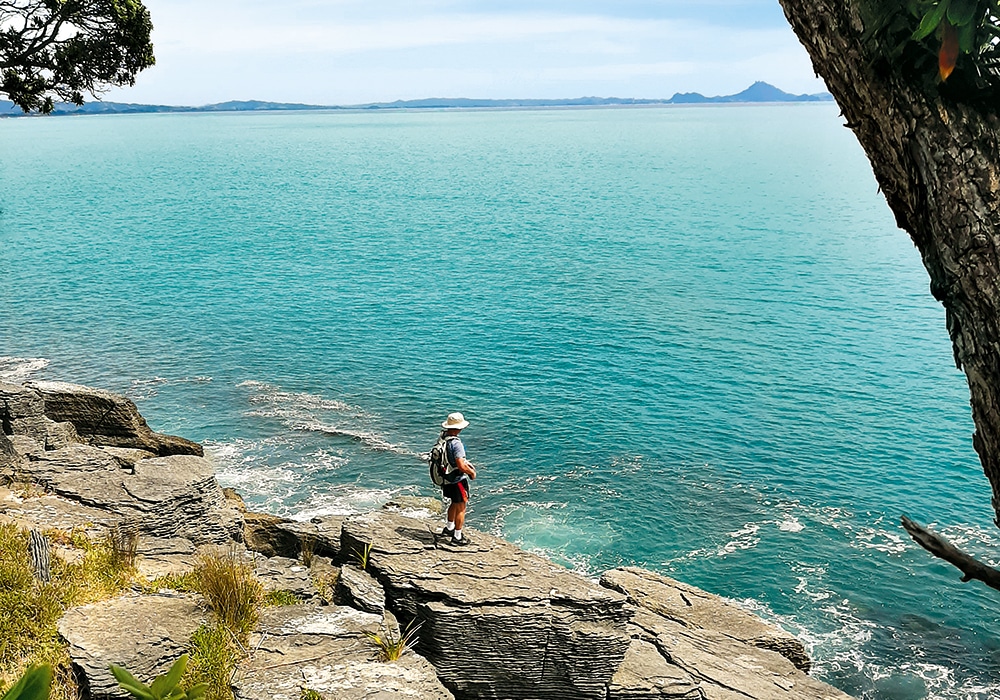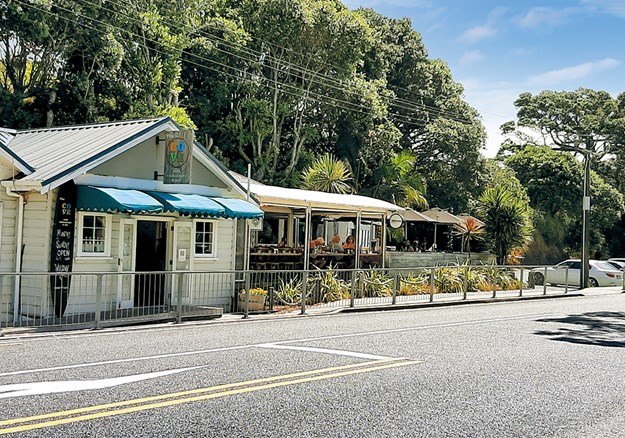Scottish immigrants found an ideal setting in Waipu; locals and holidaymakers feel the same way. Heather Whelan discovers more about this idyllic Northland town
The small Northland town of Waipu is unique in that it was settled entirely by Scottish Highlanders, followers of a controversial minister, Norman McLeod. Back in 1817 the group fled from clearances and famine in their homeland and formed a community in Nova Scotia. This thrived until the 1840s, when cold winters and crop failures drove McLeod and some of his followers to leave for Australia. Here they had more bad luck, and they eventually continued to New Zealand. Settling in Waipu, they finally found the haven they were seeking. About 1000 family members and friends joined them from Nova Scotia, and the group became a tight-knit, Gaelic-speaking community.
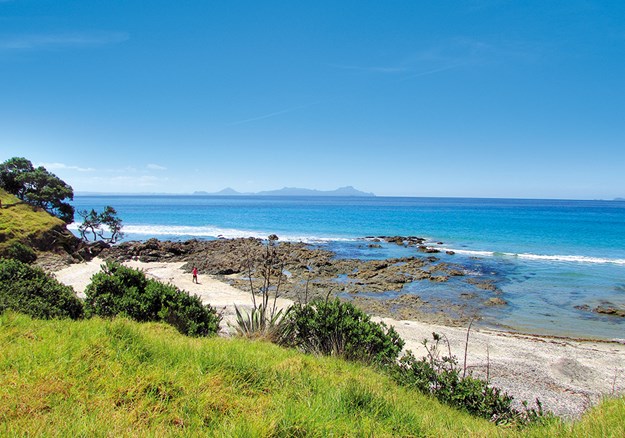
SCOTTISH TRADITIONS
You can’t visit Waipu without being aware of the highland heritage. The town centre is dominated by tall memorials showing the pioneering ships and listing the settlers’ clan names. The adjacent museum sports a large sign of the serious-looking Rev McLeod, and visitors can learn all about the unique settlement. Descendants of the original families who are interested in genealogy will find all the information they desire – and there’s plenty to interest the non-Scots among us too. The museum boasts a UNESCO award and an international reputation.
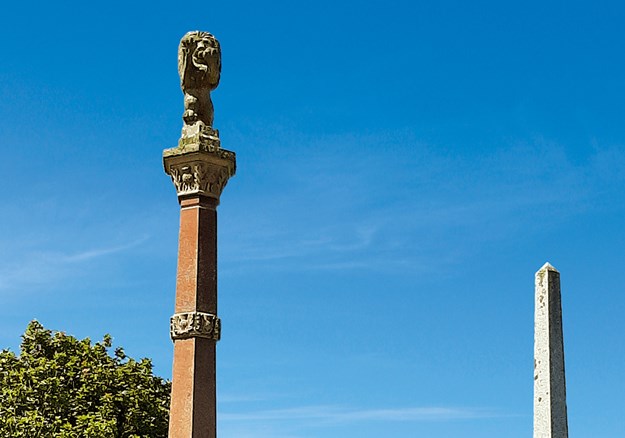
Waipu is famous locally for its Highland Games, held on New Year’s Day since 1871 – until Covid-19 put a damper on things. This year the town couldn’t hold the normal shindig: a day-long celebration with pipers, drummers and fiddlers, highland dancing, and shows of strength with tug-of-war teams and caber tossing. However, it did host a market day with stalls along the street and in the Caledonian Barn, and a family carnival at the adjacent park.
I wandered around the market stalls until I was drawn to a little stage where children were competing in Scottish dancing competitions. It’s not every day you see tiny boys in full Scottish costumes! Past the food stalls a group of steampunk enthusiasts had managed to combine Victoriana with tartan. Who could have imagined steam-powered bagpipes?
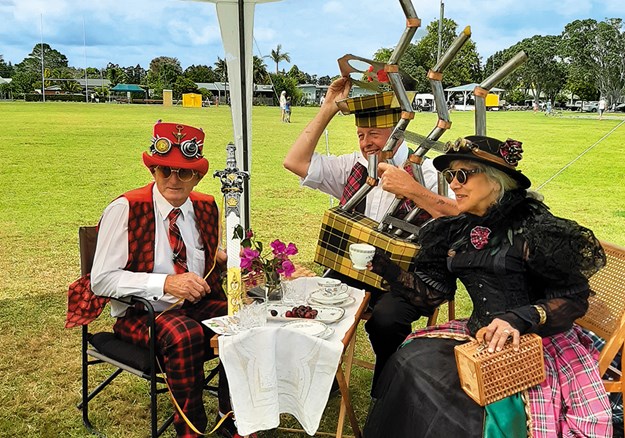
ART ’N TARTAN
Also on display were some of the creations from previous Art ’n Tartan shows – the town’s wearable art extravaganza. Usually held in mid-winter, the event will be in October this year. It draws competitors from all over the country, and should be even bigger and better this year as it was cancelled last year, again due to Covid-19. The organisers believe the creative entrants will have used the lockdown to work on their designs.
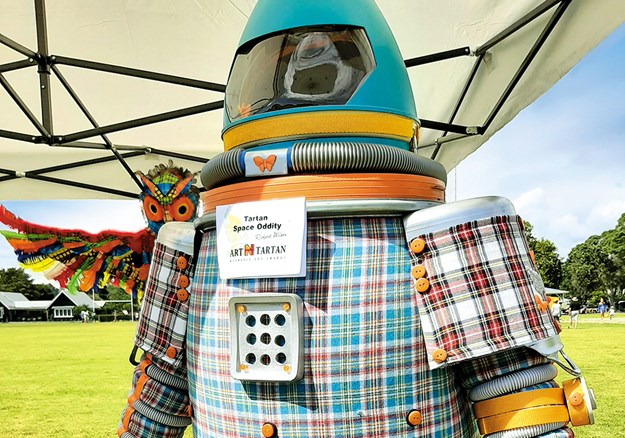
Waipu is home to lots of artistic folk. Tucked in among the street stalls is the Old Garage, where I couldn’t resist buying a print by Patsy Montgomery, one of the artists who had work for sale inside. The picture showed tui flying above the river mouth, with Hen/Taranga Island on the horizon. You can see this stunning view on the road between Waipu and Waipu Cove, a short drive away.
COASTAL PARADISE
The Waipu river mouth and estuary are a haven for birds; there’s a wildlife refuge that’s a nesting area for the New Zealand dotterel, variable oystercatcher and fairy tern. Other protected, threatened or rare species visit the area, including the banded dotterel, reef heron, wrybill and Caspian tern. Waipu Cove is buzzing in summer, but the reserve and estuary areas are quieter – a birdwatcher’s paradise.
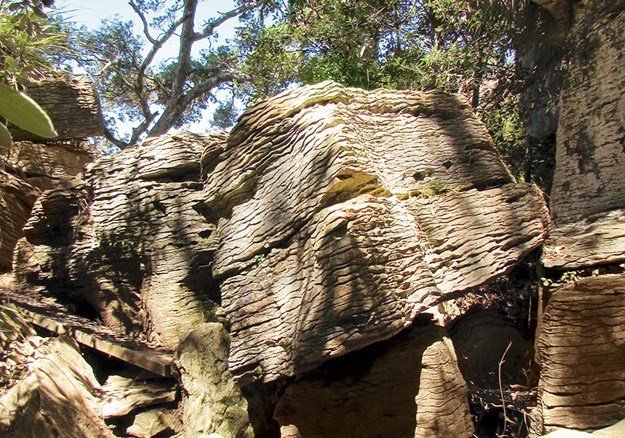
The cove has a long sandy beach with a campground behind the dunes. There’s a traditional little store and, across the road, the Cove Cafe overlooks the beach. I recently had a long lunch with friends there and can thoroughly recommend it. For those who don’t have time to visit Waipu Museum, a look at the impressive murals on the toilet block will provide a quick history lesson. The beach is safe for swimming; it’s patrolled by lifeguards every day during the holiday period and on weekends between Labour Day and Easter. At the southern end, a shallow tidal creek overhung by pohutukawa is a favourite spot for littlies to splash around and build sand castles.
PANCAKE ROCKS
Across the creek there’s the start of one of our favourite walks – to Waipu’s own ‘pancake rocks’. This track has been created and maintained by the local Lions Club and takes walkers through magnificent coastal scenery. In some parts there are ancient pohutukawa forests, and the views across Bream Bay to the Hen and Chicken Islands and the Whangarei Heads are stunning.
The most fascinating features of the walk are the pancake rocks, similar to the famous ones at Punakaiki. These limestone outcrops, dating back 36 million years, have weathered to the unusual stack-of-pancakes shape after being exposed to the elements. Unlike at Punakaiki though, Waipu’s rocks are never crowded with tourists, and they are unfenced: in some places the track goes through and over them.
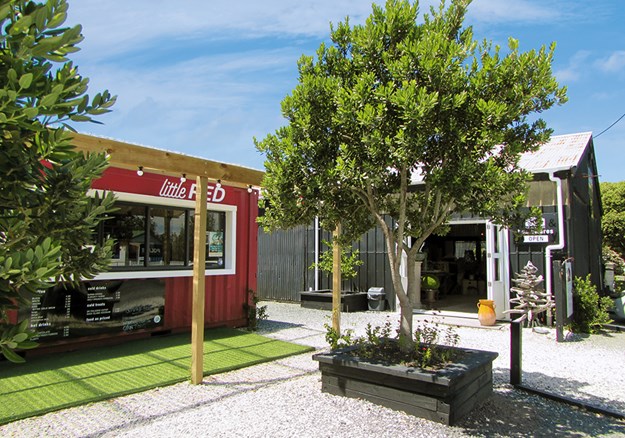
SHOPPING AND DINING
The township is fun to explore. As well as the supermarket, hardware store, butcher and chemist, there are antique and op shops to rummage through. Goody Goody Deli and Cafe, rebuilt after a fire a couple of years ago, is better than ever. Across the road there are a couple of summertime pop-ups, Little Red Coffee and the Black Barn Homewares store.
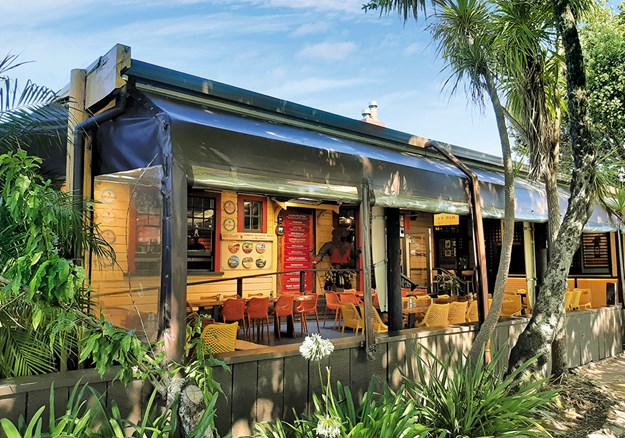
In the evening McLeod’s Pizza Barn and Brewery is the place to eat. In what was once the town’s post office, you can sample a range of hand-made pizzas and award-winning beers, including Black Watch Imperial Dark Ale and (of course) Paradise Pale Ale.
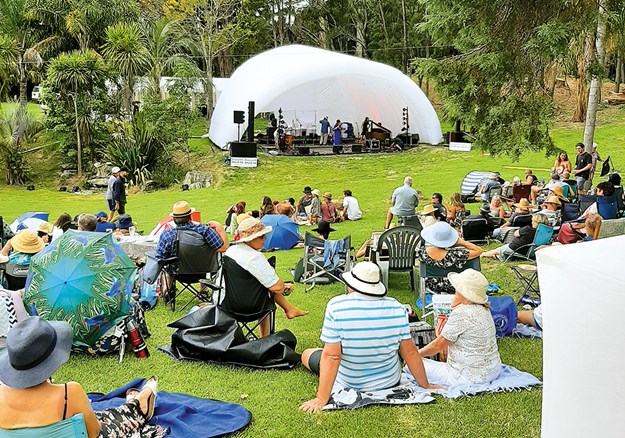
FIND OUT MORE
- Waipu hosts lots of markets. Street markets are held on Easter Saturday and the Sundays of Auckland Anniversary, Queen’s Birthday and Labour Weekend. Antique markets are also held on these Sundays. Boutique markets are held the second Sunday of each month, with crafts, food and music.
- The town has plenty to offer music lovers, especially during summer. We recently enjoyed an afternoon of jazz at a farm overlooking Waipu Estuary, and a Scottish folk music duo at the church hall.
- The Waipu Cove walkway is a 2km track taking about 1.5 hours to Waterman Drive. There’s an extension to Ding Bay that takes a further 45 minutes.
- Information about camping at Waipu Cove: campwaipucove.com. There’s a DOC campground at Uretiti, o SH1, 5km north of Waipu. Caledonian Park has an area for motorhome parking, with powered sites and an honesty box.
- Details of the museum opening times and prices: waipumuseum.com

